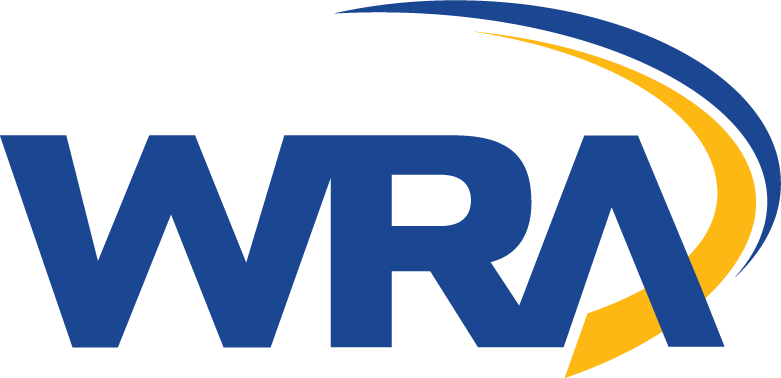Great Valley/Route 29 Multimodal Study. East Whiteland Township, Chester County, Pennsylvania.
The corporate center must adapt to remain competitive as a new “creative class” of workers seeks walkable, mixed-use communities that offer alternatives to driving. WRA performed this study for the Transportation Management Association of Chester County (TMAAC) to assess the need for multimodal facilities and determine means to reinvent the Great Valley/Route 29 corridor in a way that complements all modes of travel. The study recommended locations for sidewalks, improved street crossings, improvements to bus facilities and access, pedestrian and bicycle facility types and locations, other actions to encourage non-auto travel, and potential new street links. The completed study will lead directly into the Township’s comprehensive plan update, which will re-evaluate the land use vision for Great Valley. The study included cost estimates and a detailed implementation plan to be spearheaded by a municipal-led coalition.
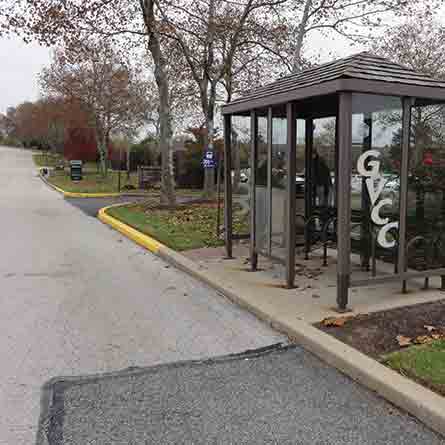
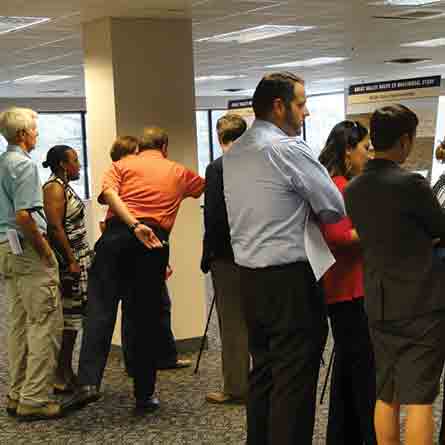
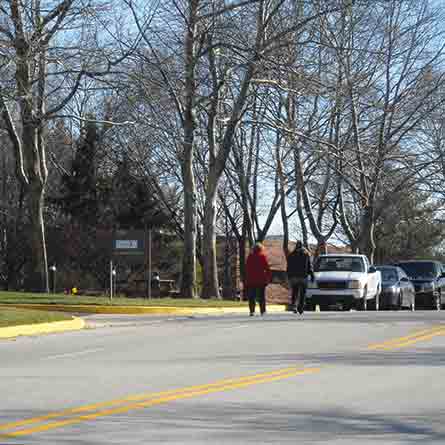
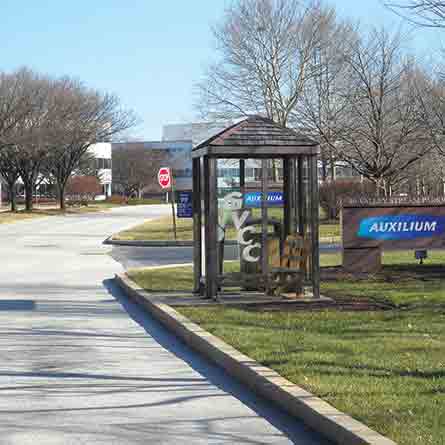
Services Performed
Project Highlights
Bicycle/Pedestrian
WRA developed a plan for a network of pedestrian and bicycle facilities, including an off-road shared use path along Route 29. WRA also identified potential new connections to the existing Chester Valley Trail and alternatives for providing bicycle/pedestrian crossing of the barrier imposed by a freight rail line.
Transit
WRA inventoried all bus stops in the corridor for accessibility and amenities. Ridership data provided by the Southeastern Pennsylvania Transportation Authority (SEPTA) was analyzed to prioritize the most beneficial locations for pedestrian connections and bus stop improvements.
Traffic
WRA analyzed Route 29 corridor intersections to determine traffic impacts of pedestrian crossing improvements and new crossings.
Transportation Planning
The report provided criteria for prioritizing projects and evaluated each of the recommended multimodal improvements with respect to these criteria. WRA held a series of public workshops, had an online survey and established a website for communications with the public. WRA met with selected major stakeholders.
